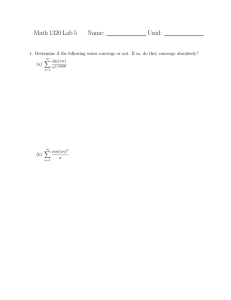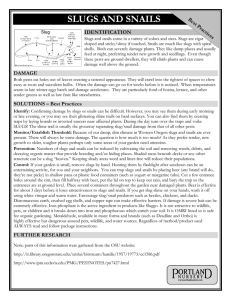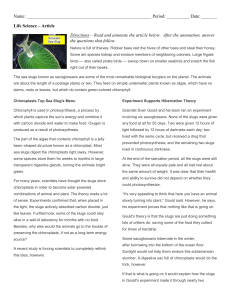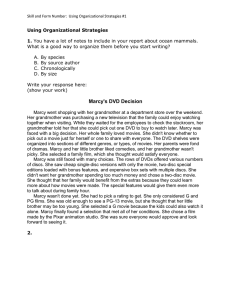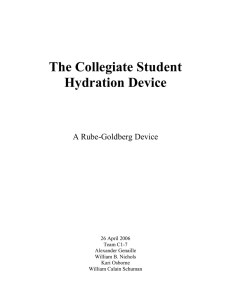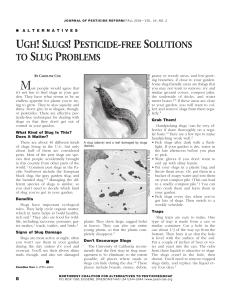1000 (lbs) 1. Given the weight
advertisement
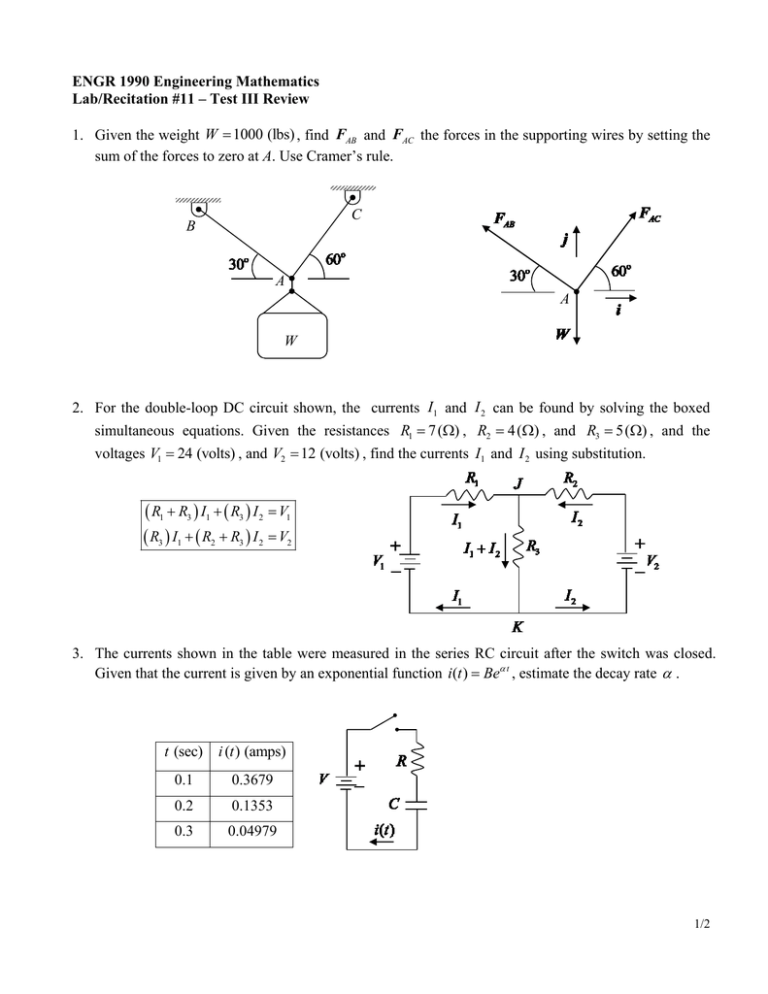
ENGR 1990 Engineering Mathematics Lab/Recitation #11 – Test III Review 1. Given the weight W 1000 (lbs) , find FAB and FAC the forces in the supporting wires by setting the sum of the forces to zero at A. Use Cramer’s rule. C B A A W 2. For the double-loop DC circuit shown, the currents I1 and I 2 can be found by solving the boxed simultaneous equations. Given the resistances R1 7 () , R2 4 () , and R3 5() , and the voltages V1 24 (volts) , and V2 12 (volts) , find the currents I1 and I 2 using substitution. R1 R3 I1 R3 I 2 V1 R3 I1 R2 R3 I 2 V2 3. The currents shown in the table were measured in the series RC circuit after the switch was closed. Given that the current is given by an exponential function i (t ) Be t , estimate the decay rate . t (sec) i (t ) (amps) 0.1 0.3679 0.2 0.1353 0.3 0.04979 1/2 4. Given: Find: 5. Given: Find: m 2 (slugs) , k 200 (lb/ft) , c 44 (lb-s/ft) y (t 0) 0.25 (ft) , v(t 0) 10 (ft/s) y (t ) m 2 (slugs) , k 200 (lb/ft) , c 10 (lb-s/ft) y (t 0) 0.5 (ft) , v(t 0) 5 (ft/s) y (t ) Express the result as an exponential function times a single, phase-shifted sine function. 6. A ball is thrown off a tower at a height of 30 (ft) as shown. The path of the ball is given by the function y ( x ) 30 5 x 0.16 x 2 (ft) . d2y dy a) Find y( x) ( x) , y( x) 2 ( x) dx dx b) Using the results of part (a), find the X coordinate of the ball when it reaches its maximum height. Y 30 (x, y) c) Find the equation of the line that is tangent to y ( x) at x 30 (ft) . 7. A spring-mass system with m 2 (slugs) , k 98 (lb/ft) , and no damping is shown in the diagram. The system is given an initial displacement of x0 2 (ft) and initial velocity of v0 7 (ft/s) . a) Find x(t ) as a single, phase-shifted cosine function. b) Find the time when the mass first reaches its largest displacement. c) Find T the period of the oscillation. dx the velocity of the mass. d) Find v(t ) dt dv e) Find a (t ) the acceleration of the mass. dt f) Find the first time when the velocity v(t ) is maximum or minimum. X Equilibrium Position 2/2



